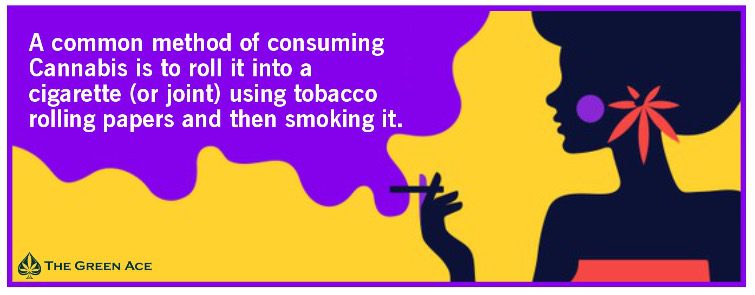What is Cannabis?
Cannabis is a group of plants known to have psychoactive properties. Cannabis is the scientific name for the marijuana plant. There are three types of cannabis plants – Cannabis Sativa, Cannabis Indica, and Cannabis Ruderalis. For general reference, many prefer to use “cannabis” instead of “marijuana” because marijuana is generally associated with recreational use.
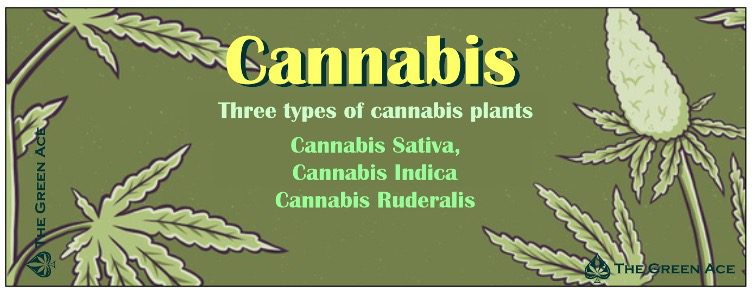
Chemical Properties of Cannabis that makes it such a lure
As I mentioned above Cannabis is known to have psychoactive properties due to its interesting chemical composition. It contains a chemical compound known as cannabinoid tetrahydrocannabinol (THC). This chemical compound is best known for its hallucinogenic effects on the brain. It is because of THC that Cannabis is known to cause the “high” as many know the feeling.
The Chemical Composition
THC is the main psychoactive component of Cannabis. It affects the part of your brain that is known to release dopamine. Scientists and medical professional have proven that Dopamine is the chemical which is responsible for giving you a euphoric or relaxed feeling. It is the same feeling you get on eating your favourite food and during sex.
In addition to THC, there exists another chemical compound in Cannabis. This naturally occurring chemical compound is Cannabidiol (CBD). The cannabis plant contains 113 active compounds called cannabinoids. Cannabis plants may contain up to 40 percent CBD. It is believed that cannabis has anti-inflammatory effects on the central nervous system. CBD is non-intoxicating and non-euphoric, meaning it will not get you “high.”
More about CBD and THC and their benefits
CBD stands out because it is both non-intoxicating and displays a broad range of potential medical applications including helping with anxiety, inflammation, pain, and seizures. These make CBD an attractive therapeutic compound.
THC – THC administration produces a wide range of psychoactive effects, including feeling ‘high’, anxiety, paranoia, perceptual alterations, and cognitive deficits, particularly deficits in verbal recall in healthy individuals and worsens psychotic symptoms in patients with schizophrenia. The disruption of inhibitory/excitatory balances could contribute to THC’s psychotomimetic effects.
THC results in perturbation of GABA/glutamatergic neurotransmission as well as dopamine release; although the magnitude of THC-induced dopamine release is small compared with drugs such as amphetamine and cocaine, which produce larger striatal dopamine release
THC and CBD Ratio
Most marijuana strains have around 18 percent THC with less than 1 percent CBD (with THC sometimes being pushed beyond 20 percent). Here is a rule of thumb: The higher the CBD, the less of a high you will get from the THC, both because there is less of it and CBD generally combats THC’s psychoactive effects, depending on the amount of THC you have consumed, according to cannabis researchers and producers.
CBD acts as an anti-anxiety and anti-seizure. THC acts as an anti-nausea, anti-inflammatory, and analgesic. It also provides you with a psychoactive “high” feeling. This means a higher ratio of CBD to THC means less of a “high” and vice versa. Many people prefer marijuana having a higher ratio of CBD to THC, because consuming a low THC product comes with fewer adverse side effects.
For most consumers, “high-octane” THC is ill-suited for them on many levels. High THC is therapeutically less effective. It’s not as enjoyable. And it’s far more likely to produce adverse — short and long-term — effects. But the point is that for thousands of years, we have known moderate doses are better than high doses.
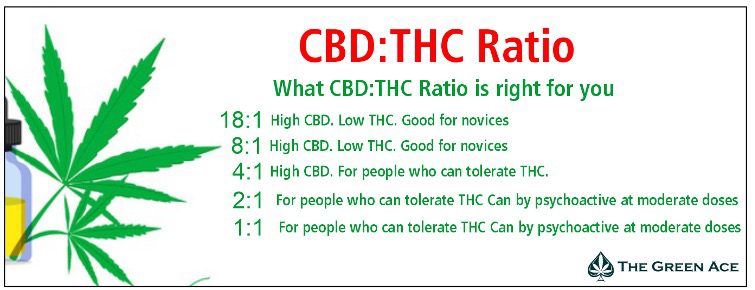
The Biphasic Effect: Why Less is More
The biphasic effects of cannabis are subtler than alcohol but no less consequential. Low doses can make you feel relaxed and happy. Too much THC can impair cognitive function, and even induce intense anxiety or a panic attack.
Recent developments
As already mentioned, CBD is reported to bring relief to patients from insomnia, anxiety, spasticity, and pain. It is known to treat potentially life-threatening conditions such as epilepsy. The FDA has approved cannabidiol (Epidolex) as a treatment for two rare kinds of epilepsy – Dravet syndrome and Lennox-Gastaut syndrome. Billy Dunn, M.D., director of the Division of Neurology Products in the FDA’s Center for Drug Evaluation and Research states that seizures are difficult to control in patients with Dravet syndrome and Lennox-Gastaut syndrome. He hopes that FDA’s approval will have a profound impact on these patients’ quality of life.
| About Lennox-Gastaut syndrome (LGS) It is a type of epilepsy. Patients with LGS experience many different types of seizures including: Tonic – stiffening of the body. Atonic – temporary loss of muscle tone and consciousness, causing the patient to fall. About Dravet syndrome It is previously known as severe myoclonic epilepsy of infancy (SMEI), is an autosomal dominant genetic disorder that causes a catastrophic form of epilepsy, with prolonged seizures that are often triggered by hot temperatures or fever. It is very difficult to treat with anticonvulsant medications. It often begins before 1 year of age. |
The Science Behind Cannabis and Endocannabinoid System
Our body is known to have cells with cannabinoid receptors in our brain and immune system. The chemicals in cannabis connect with specific receptors and produce the cannabis effect.
Cannabis and its component cannabinoids exert their effects primarily via the endogenous cannabinoid system. The two primary receptors of the endogenous cannabinoid system are cannabinoid 1 receptors (CB1Rs) and cannabinoid 2 receptors (CB2Rs).
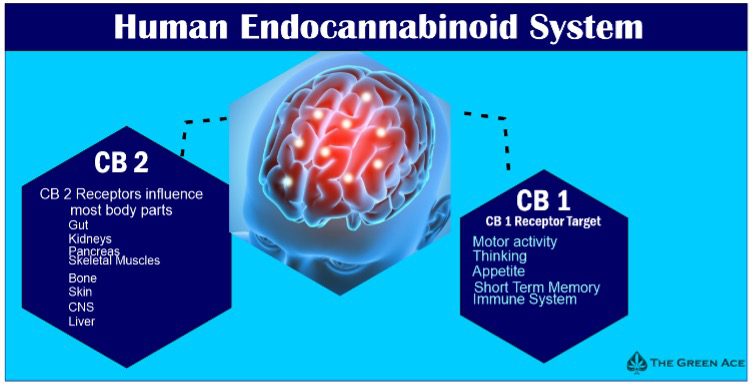
The endocannabinoid system is a complex network of cell receptors and neurotransmitters that are responsible for maintaining homeostasis in the body. Cannabinoid receptors are spread throughout the entire body, with the largest concentrations in the central and peripheral nervous systems, and in the immune system. The ECS improves the communication between all those systems.
The endocannabinoid system also controls a wide range of biological functions, including sleep, mood, temperature control, immune response, pain and pleasure perception, fertility, memory, and appetite. Whenever something wrong happens with your health, the endocannabinoid system will release its natural cannabinoids (endocannabinoids) to restore the balance and bring you up and about.
CBD is a remarkably complex cannabinoid and its interaction with the endocannabinoid system needs to be deeply researched to reveal its full potential. Thankfully, as scientists are preparing to dive all-in into studies on cannabinoids, it’s only a matter of time until CBD makes it to the mainstream on a global scale.
THC and CBD affect our endocannabinoid system (ECS) in different ways. The major ECS receptor in the brain, CB1, is activated by THC but not CBD. In fact, CBD can get in the way of compounds like THC, preventing them from activating the CB1 receptor. This is why the THC: CBD ratio is so important for influencing the effects of cannabis products. THC binds with the CB1 receptor and CBD binds with the CB2 receptor while also blocking CB1 receptors from binding with THC.
CBD is famous for the promise of being therapeutic. CBD may have neuroprotective, anti-inflammatory, and analgesic (pain-relieving) properties, and potential therapeutic value in the treatment of motivational disorders like depression, anxiety, and addiction. According to a report from the World Health Organization, “In humans, CBD exhibits no effects indicative of any abuse or dependence potential
Explained – Types of the Cannabis Plant
There are mainly three types of cannabis plants – Cannabis Sativa, Cannabis Indica, and Cannabis Ruderalis. There are also many Hybrid strains that are freely available in the market. Let us know about them in detail.
Cannabis Sativa
What is Sativa?
While not all Sativa marijuana strains will energize you, most consumers notice a tendency for Sativas to produce a “head high,” an uplifting, stimulating effect. They also often report Sativas as being helpful in mitigating stress or anxiety, and many consumers enjoy Sativas to sharpen focus and boost creativity/motivation.
Effects of Sativa
Common effects associated with Sativa strains include feeling happy, uplifting, euphoric, and energetic. Sativas are often thought of as “daytime” strains, used for feeling productive, creative, and focused, and for getting chores done.
Popular Sativa strains
There are many Sativa strains to try, and you have likely heard of some of the most popular. Below are few strains of Sativas which most dispensaries should stock as they are generally a crowd favorite.:
- Sour Diesel
- Granddaddy Purple
- Green Crack
- Mataro Blue
- Gorilla Glue
- Pink Kush Samll
- High School Sweatheart
Cannabis Indica
What is Indica?
Not all Indica strains will put you “in da couch,” but nevertheless, many consumers associate Indica with full-body effects, for example, heavy limbs or a tingly face. They also report Indica as being helpful in aiding relaxation and curbing insomnia.
Effects of Indica
Common effects associated with Indica strains include feeling relaxed, euphoric, happy, and sleepy. Indica is commonly known as “nighttime” strains, used for relaxing and unwinding at the end of the night.
Popular Indica strains
There are many Indica strains to try, many of which you may be familiar with. Below are few strains of Indica, check your local dispensary for popular weed strains:
- Violator
- Granddaddy Purple
- Runtz
- Gelato
- Pink Kush Smalls
- Tom Ford Kush Smalls
- Ice Cream Cake
- Purple Mendocino
Cannabis Ruderalis
What is Cannabis Ruderalis?
Cannabis ruderalis is native to areas in Asia, Central/Eastern Europe, and specifically Russia, where botanists used the term “ruderalis” to classify the breeds of hemp plant that had escaped from human and cultivation, adapting to the extreme environments found in these climates. Originally, cannabis ruderalis was considered a wild breed of cannabis. However, in recent years it has been brought indoors to influence new hybrid varieties.
Effects of Cannabis Ruderalis
The effects of cannabis ruderalis alone are minimized by its naturally low concentrations of THC. However, the stability and short lifecycle make ruderalis versatile and attractive to breeders who want to take advantage of its auto-flowering trait. Naturally, ruderalis strains are high in CBD. Even though it can provide medicinal properties, it will not get you high.
Popular Cannabis Ruderalis Strains
The market is abundant with the Cannabis Ruderalis Strains.
Hybrid Cannabis Strains
What are Hybrids?
Hybrid strains are bred from both indica- and Sativa-descended plants. Due to the long history of crossbreeding cannabis strains—much of it was historically done underground to evade authorities—strains that have pure indica or pure Sativa lineages are rare. Most strains referred to as “indica” or “Sativa” are, in fact, hybrids, with genetics inherited from both subspecies.
Effects of Hybrid Strains
Since hybrid weed strains derive genetics from Indica and Sativa, their ensuing effects can also pull from both indica and Sativa strains. Common effects include happy, euphoric, uplifting, energetic, relaxing—it all depends on which hybrid you consume and what effects its “parent” strains are known to produce. Looking at a hybrid’s lineage (its parent strains) may give you a better sense of what kind of effects it will produce; for example, if it has more indica in its lineage, it might have effects more associated with those strains.
Popular Hybrid Strains
There is certainly no shortage of hybrid strains on the market. Below are certain popular and iconic strains which are readily available in the market:
- GG4
- Blue Dream
- Gelato
- Wedding Cake
- GSC
- White Widow
- Pineapple Express
Different ways to consume Cannabis

Marijuana can be used in more ways than simply smoking it as a cigarette. The delivery methods are important considerations for medical marijuana users as well as those who are using it recreationally, whether legally or not. Learn about the variety of methods available.
Smoking
A common method of consuming Cannabis is to roll it into a cigarette (or joint) using tobacco rolling papers and then smoking it. It can also be smoked in a pipe or a bong (which is a filtration device that uses water). Marijuana can also be smoked in a blunt, which is a cigar that has been hollowed out to replace the tobacco with marijuana or a mixture of tobacco and marijuana.
Some smoke marijuana in bubblers, which are mini bongs about the size of a pipe. And, of course, one of the oldest methods of smoking marijuana—as well as hash, tobacco, and other substances—is with a hookah.
Gravity Bongs
Another way to smoke marijuana using common household items is a gravity bong, sometimes called a bucket bong or waterfall bong. These can be made from plastic bottles, milk jugs, buckets, and two-litre soda bottles. The homemade gravity bongs use gravity to pull the smoke into the chamber using water, or sometimes beer or wine.
Vaping
A relatively new method of consuming Cannabis is by vaporization. Vaporizers heat the marijuana to a point just below the point of combustion. The active ingredients can be inhaled as a vapor, rather than as more harmful smoke.
Vaporizers are used for several reasons:
- Some claim they get a better high when they “vape.”
- Vaporizers produce less marijuana smell than smoking.
- Vaporizers are usually small and easy to conceal.
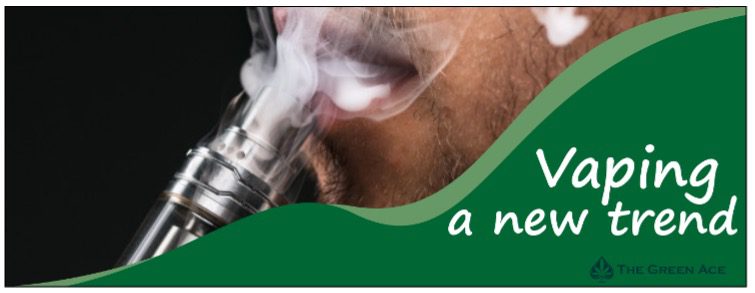
Dabbing
This method of using marijuana is somewhat like vaping, but it uses tetrahydrocannabinol (THC) resins extracted from the marijuana plant (THC is the ingredient in marijuana that produces a high). It may be in oil form (hash oil or honey oil), a soft solid form (wax or budder), or a hard solid (shatter).
A glass pipe or bong is heated with a blowtorch. When the resin extract is placed into the pipe, it creates vapor almost immediately. Dabbing is thought to produce a greater high than smoking marijuana.
Oral Ingestion
Home-baked marijuana brownies have been around for decades, but now marijuana is being baked or added to many types of food. Vendors in states where recreational marijuana is legal are selling cakes, cookies, gummy bears, cereal, granola bars, and even chewing gum containing marijuana.
Oils extracted from marijuana plants can be used in cooking, baking, or simply mixing with food to create a variety of products that can be ingested orally or taken in capsule form. Marijuana oil can also be added to common beverages. It is sold in teas, sodas, and even beer. Using marijuana leaves to make tea has been done for many years. Today, however, the tea is much more potent.
Sprays
Another relatively new method of using marijuana involves infusing liquids with THC or cannabinol (CBD) to make sprays that users can spray under the tongue. This method is typically used by medical marijuana users who want to avoid the harmful effects of smoke.
Sprays are also used in areas where marijuana is still illegal because they are difficult to detect. Some use sprays in conjunction with smoking marijuana, by spraying the differently flavored spray on joints and blunts.
Marijuana Tinctures
Tinctures are liquids extracted from marijuana plants that are infused with a solution of alcohol or alcohol and water. The user places a few drops of the solution under the tongue and it is quickly absorbed into the bloodstream. Because this form of marijuana is highly concentrated, highly potent, and fast-acting, it is generally used for medical purposes, but because it produces an intense high, it is often abused.
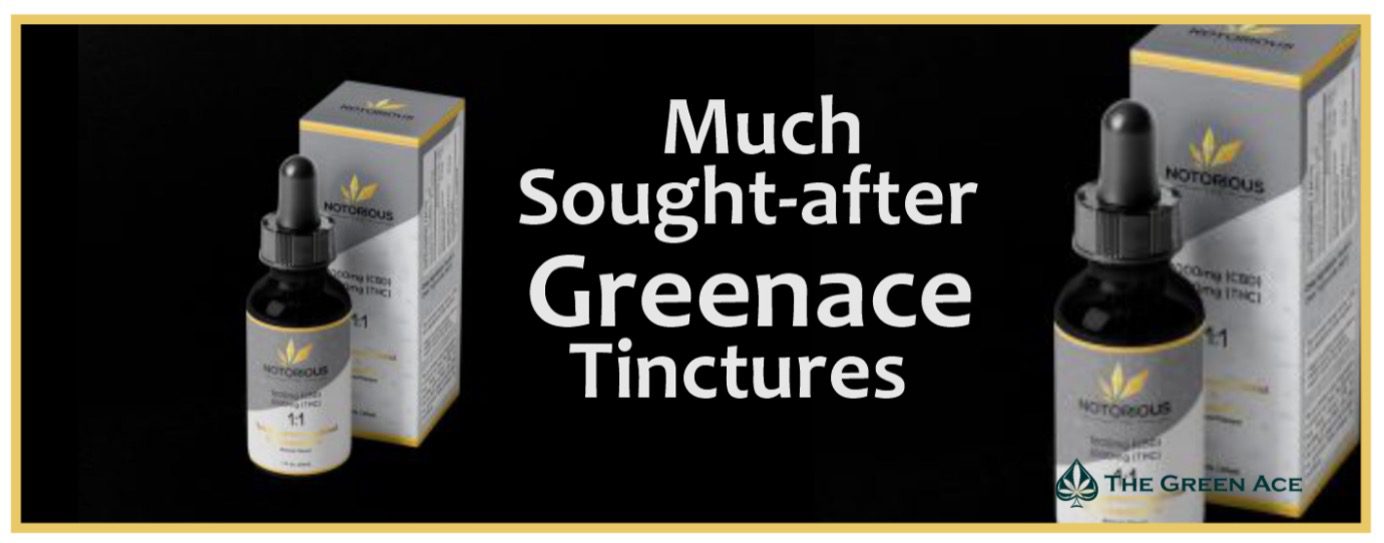
Topical Methods
Topical oils are extracts from the marijuana plant that is thicker than the oils used in edible products. The oils are placed on the skin and are absorbed to relieve muscle pain and soreness. Because marijuana topicals do not produce a high, they are usually used for medicinal purposes only.
CBD Edibles
One can now Eat or Drinking cannabis. Cannabis Edibles are any food that contains cannabis. These products are known to have longer onsets and tend to cause powerful full-body, psychoactive effects. Infused food and drinks can be made in several ways. You can add CBD tinctures to dishes.
You can buy chocolate bars, peach gummies, watermelon sours, strawberry bear bombs, THC Brownies, Lollipops, Gummy Beats and so much more.
CBD Edibles are available in a variety of forms with Greenace.org. You can find a variety of CBD edible.
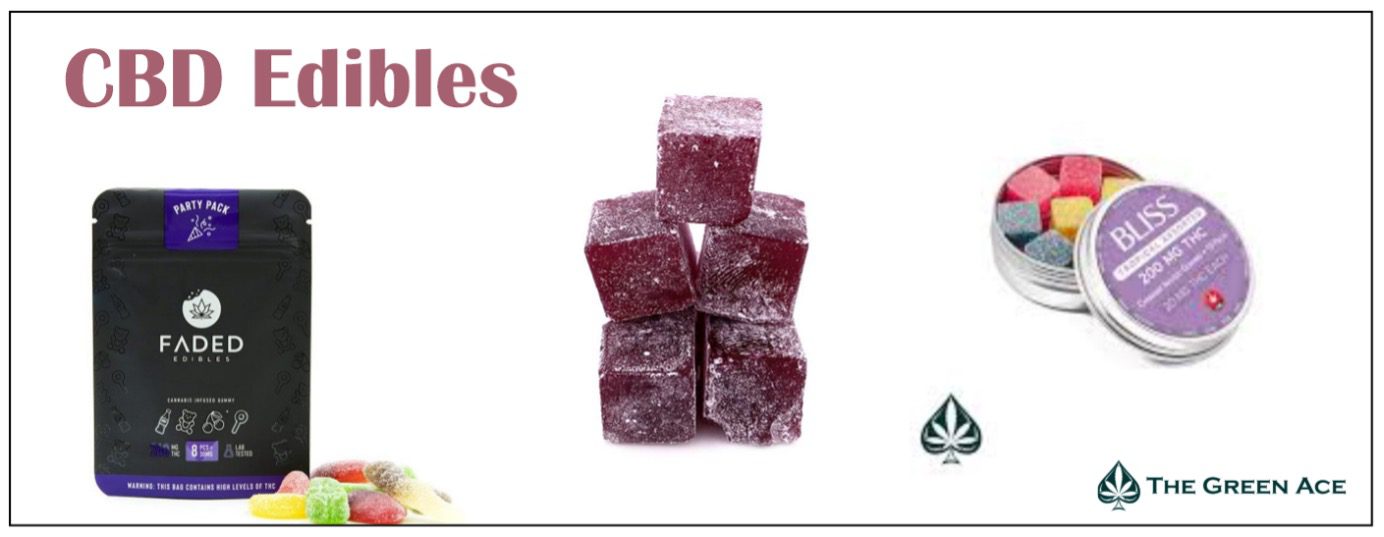 What is the benefits of consuming Cannabis?
What is the benefits of consuming Cannabis?
Cannabis contains CBD, which is a chemical that impacts the brain, making it function better without giving it a high along with THC which has pain relieving properties. Both substances can be extracted and enhanced for use through short path distillation. Users can get the following health benefits of cannabis:
- Relief of chronic pain: There are hundreds of chemical compounds in cannabis, many of which are cannabinoids. Cannabinoids have been linked to providing relief of chronic pain due to their chemical makeup. Which is why cannabis’ by-product such as medical cannabis is commonly used for chronic pain relief.
- Improves lung capacity: Unlike smoking cigarettes, when smoking cannabis in the form of cannabis your lungs aren’t harmed. In fact, a study found that cannabis actually helps increase the capacity of the lungs rather than cause any harm to it.
- Help lose weight: If you look around, you will notice that the avid cannabis user is usually not overweight. That is because cannabis is linked to aiding your body in regulating insulin while managing caloric intake efficiently.
- Regulate and prevent diabetes: With its impact on insulin, it only makes sense that cannabis can help regulate and prevent diabetes. Research conducted by the American Alliance for Medical Cannabis (AAMC) has linked cannabis to stabilise blood sugars, lower blood pressure, and improve blood circulation.
- Fight cancer: One of the biggest medical benefits of cannabis is its link to fighting cancer. There is a good amount of evidence that shows cannabinoids can help fight cancer and its types.
- Helps treat depression: Depression is widespread without most people even knowing they have it. The endocannabinoid compounds in cannabis can help in stabilising moods.
- Shows promise in autism treatment: Cannabis is known to calm users down and control their mood. It can help children with autism that experience frequent violent mood swings control it.
- Regulate seizures: Research conducted on CBD has shown that it can help control seizures. There are ongoing studies to determine the effect cannabis has on individuals with epilepsy.
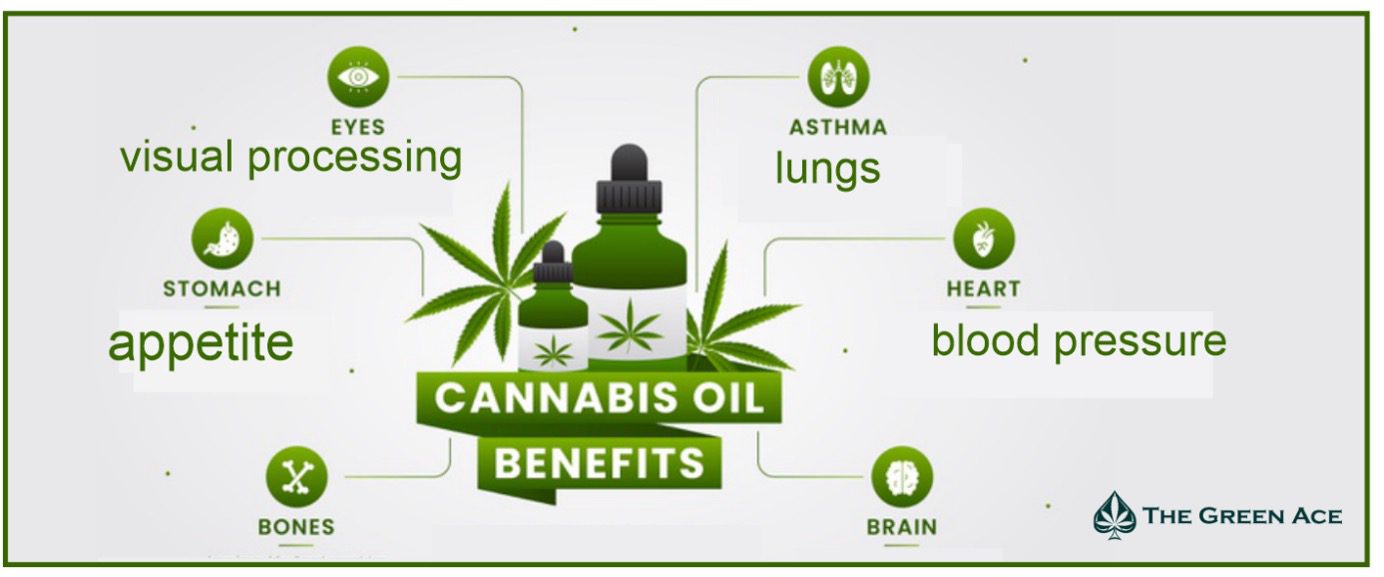
- Mend bones: Cannabidiol has been linked to helping heal broken bones, quickening the process. According to Bone Research Laboratory in Tel Aviv, it also helps strengthen the bone in the process of healing. This makes it tougher for the bone to break in the future.
- Helps with ADHD/ADD: Individuals with ADHD and ADD have trouble focusing on tasks at hand. They tend to have problems with cognitive performance and concentration. Cannabis has shown promise in promoting focus and helping individuals with ADHD/ADD. It is also considered a safer alternative to Adderall and Ritalin.
- Treatment for glaucoma: Glaucoma leads to additional pressure on the eyeball which is painful for individuals with the disorder. Cannabis can help reduce the pressure applied on the eyeball providing some temporary relief to individuals with glaucoma.
- Alleviate anxiety: While Cannabis is commonly known to cause anxiety, there is a way around that. Taken in monitored dosage and in the proper way, cannabis can help alleviate anxiety and calm users down.

- Slow development of Alzheimer’s disease: Alzheimer’s disease is one of many that is caused by cognitive degeneration. As we age, cognitive degeneration is almost unavoidable. Cannabis’s endocannabinoid contains anti-inflammatories that fight the brain inflammation that leads to Alzheimer’s disease.
- Deal with pain linked to arthritis: Cannabis is now commonly found as creams and balms which are used by individuals that have arthritis. Both THC and CBD help sufferers deal with the pain.
- Helps with PTSD symptoms: PTSD does not just affect veterans but any individual that goes through a trauma. As cannabis is legalised the impact it has on helping treat individuals with PTSD is being studied. Cannabis helps control the fight or flight response, preventing it from going into overdrive.
- Helps provide relief to individuals with multiple sclerosis: Multiple sclerosis can be painful, and cannabis is known to provide relief for it. Multiple sclerosis leads to painful muscle contractions and cannabis can help reduce that pain.
- Reduces side effects linked to hepatitis C and increase the effectiveness of treatment: The treatment for hepatitis C has numerous side effects that include nausea, fatigue, depression, and muscle aches. These can last for months for some hepatitis C sufferers. Cannabis can help reduce the side effects caused by the treatment while making it more effective at the same time.
- Treats inflammatory bowel diseases: Individuals with Crohn’s disease or ulcerative colitis can find some relief with the use of cannabis. THC and cannabidiol are known to help enhance immune response while also interact with cells that play a vital role in the functioning of the gut. Cannabis helps block off bacteria and other compounds that cause inflammation in the intestines.
- Helps with tremors associated with Parkinson’s disease: For those that have Parkinson’s disease cannabis can help reduce tremors and pain while also helping promote sleep. It has also shown to improve motor skills in patients.
- Helps with alcoholism: Another one of the many health benefits of cannabis is that there is no doubt cannabis is much safer than alcohol. While it may not be 100% risk-free, it can be a smarter way to curb alcoholism by substituting it with cannabis.
- Marijuana and women: Women generally have higher tolerances for THC compared to men, for a few reasons. It is lipophilic, meaning that when it crosses paths with fat cells, it will attach itself to them. Hence the reason why THC can stay in your system for weeks to months beyond abstinence.
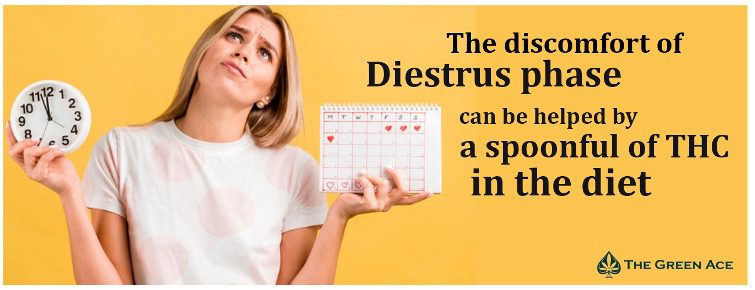
For evolutionary purposes, women have higher fat percentages than men, resulting in higher amounts of THC going to fat cells rather than the bloodstream when ingested by women versus men. The result? Not as much THC circulates to get to your brain for that ‘high’ effect to take hold.During the diestrus phase (ie. after ovulation), sensitivity to cannabis decreases, along with everything else. Progesterone in high levels keeps the female body stable. In fact, mood swings, tender/sore breasts, fatigue, and acne are due to declining levels of Progesterone. The diestrus phase produces progesterone and increases CB1 receptors in the hypothalamus—both changes can be helped by a spoonful of THC in the diet.During the estrus phase, females were more sensitive to THC compared to the diestrus phase, the last two weeks of your cycle. Studies conducted on humans examining the effects of caffeine, alcohol, and stimulants found similar results: during the estrus phase, women felt they were more sensitive to the effects of these substances.
- Pain Management: CBD inhibits glutamate release and other inflammatory agents, which makes it ‘neuroprotective’ and excellent at dulling the prickling, tingling, and burning sensations that neuropathic pain is characterized for. CBD can be used as a supplement to help manage neuropathic pain, alongside other natural supplements such as magnesium glycinate.
- Cannabis and COVID-19: Patients with weakened immune systems are at higher risk of getting gravely sick or remaining infectious for a longer period than others with COVID-19. There are many reasons a person may be immunocompromised or have a weakened immune system, including a solid organ, blood, or bone marrow transplant; immune deficiencies; and prolonged use of corticosteroids or treatments with other immune weakening medicines.However, some evidence does indicate that several high-CBD extracts can inhibit viral cell entry and spread by decreasing angiotensin-converting enzyme 2 (ACE2) receptor levels, a receptor expressed in lung tissue and the oral and nasal mucosa that SARS-CoV-2 uses for entry into a human host.2 As this data is from in vitro studies only, it is not conclusive and requires further large-scale validation and clinical studies.
What are the Health risks of Marijuana?
Beyond the high that attracts about 180 million people a year worldwide. The short-term effects of marijuana include:
- Difficulty thinking and problem-solving
- Distorted perception (sights, sounds, time, touch)
- Increased heart rate
- Loss of coordination
- Problems with memory and learning
- Sometimes marijuana use can also produce anxiety, fear, distrust, or panic.
Brain Side-Effects of Marijuana Usage
Many cannabinoid receptors are found in the parts of the brain that influence pleasure, memory, thought, concentration, sensory and time perception, and coordinated movement. When high doses of marijuana are used, users can experience the following psychotic symptoms:
- Delusions
- Disorientation/disorganization
- Hallucinations
Marijuana’s Negative Effects on the Heart
Within a few minutes after smoking marijuana, the heart begins beating more rapidly and the blood pressure can rise. According to a review published in 2017, marijuana users’ risk for a heart attack increases after smoking marijuana, compared to their general risk of a heart attack when not smoking.
Marijuana’s Impact on Bone Health
Research published in 2017 found that people who smoke large amounts of marijuana on a regular basis have reduced bone density, which can increase the risk of bone fractures. Though this is still inconclusive
How Marijuana Affects Lungs
Smoking marijuana, even infrequently, can cause burning and stinging of the mouth and throat, and cause heavy coughing. According to a review published in 2019, scientists have found that regular marijuana smokers can experience many of the same respiratory problems as tobacco smokers do, including:
- Daily cough and phlegm production
- Increased risk of lung infections
- More frequent acute chest illnesses
- Most marijuana smokers consume a lot less cannabis than cigarette smokers consume tobacco, however, the harmful effects of smoking marijuana should not be ignored.
Cancer Risk and Marijuana History
According to a review published in 2015, one study found that marijuana smokers were three times more likely to develop cancer of the head or neck than non-smokers, but that study could not be confirmed by further analysis.
Because marijuana smoke contains three times the amount of tar found in tobacco smoke and several carcinogens, it would seem logical to deduce that there is an increased risk of lung cancer for marijuana smokers. Even though researchers have yet to “prove” a link between smoking pot and lung cancer, regular smokers may want to consider the risk, and further research is needed.
Marijuana Exposure During Pregnancy
Several studies have found that children born to mothers who used marijuana during pregnancy exhibit some problems with neurological development. These can include:
- Hyperactivity
- Impulsivity
- Problems with executive function
- Problems with sustained attention and memory
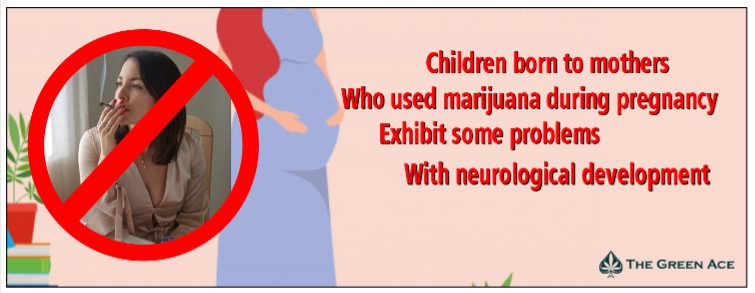
Conclusion
Although legalization activists and many marijuana users believe smoking pot has no negative effects, scientific research indicates that marijuana use can cause many different health problems though in many cases no direct evidence was found. Anything consumed or done in moderation is good for both mind and body be it be doing exercise or consuming marijuana. Hence you can make an informed decisions by this blog and by consulting doctors before consuming any kind of Cannabis.

 DISCORD
DISCORD
